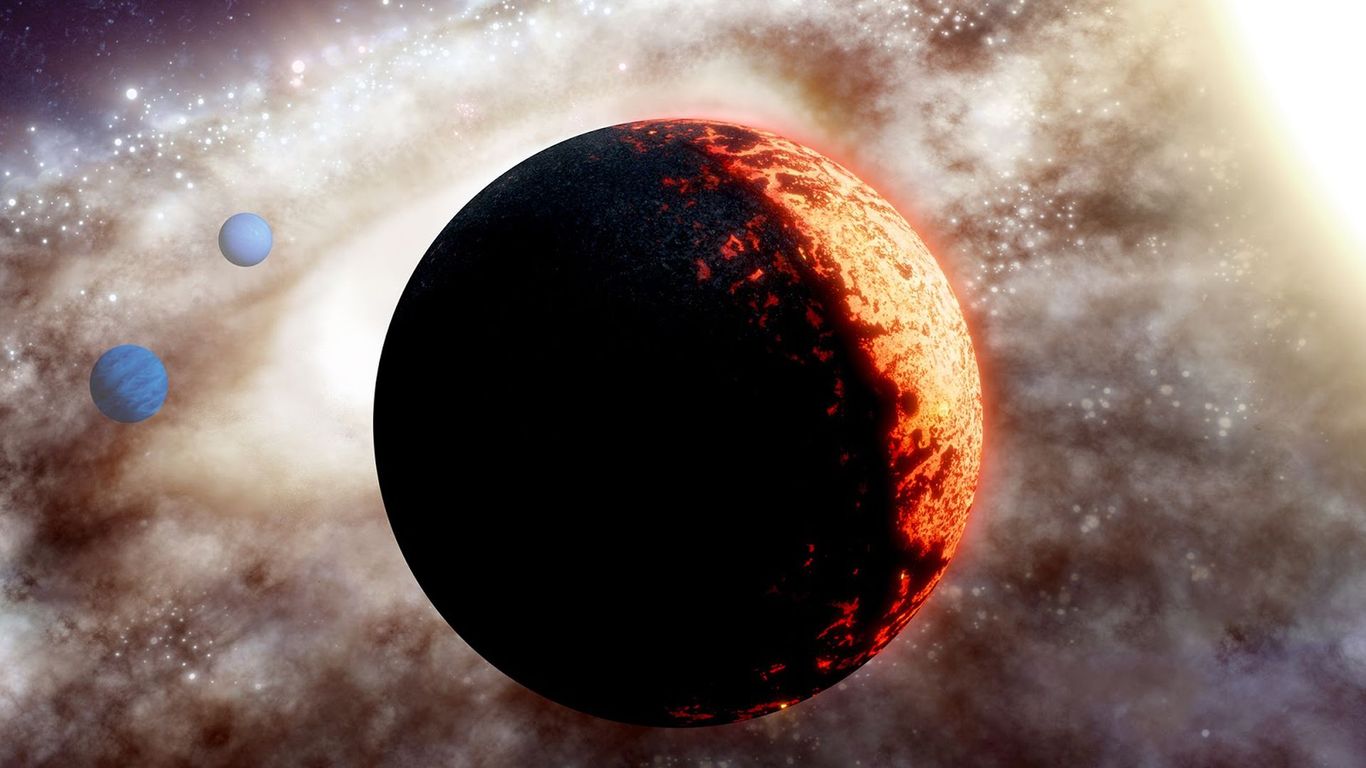
Scientists have discovered a rocky “super-Earth” planet in an ancient galaxy that formed probably 10 billion years ago, just a few billion years after our Milky Way Galaxy was formed.
Why it matters: The newfound planet is unlikely to be able to support life, but in general, researchers think older planetary systems have a better chance of potentially harboring life because they live long.
- “Gosh, if we’ve only been there for 5 billion years, just imagine what could have happened on a rocky world that’s been around for 10 billion years. I’d like to know for sure,” said Lauren Weiss of the University of Hawaii in a news conference Monday at the annual meeting of the American Astronomical Society.
What they found: The planet – called TOI-561b – orbits its star in less than half a day and is about 50% larger than our planet.
- The world likely hosts an ocean of magma on the side of the planet facing its star, Weiss said.
- Weiss also said that there are two other planets orbiting the star that are believed to be gaseous and further away than the rocky world.
- Researchers used NASA’s TESS mission and the Keck Observatory to find and confirm the super Earth, and a study describing the find has been accepted by the Astronomical magazine.